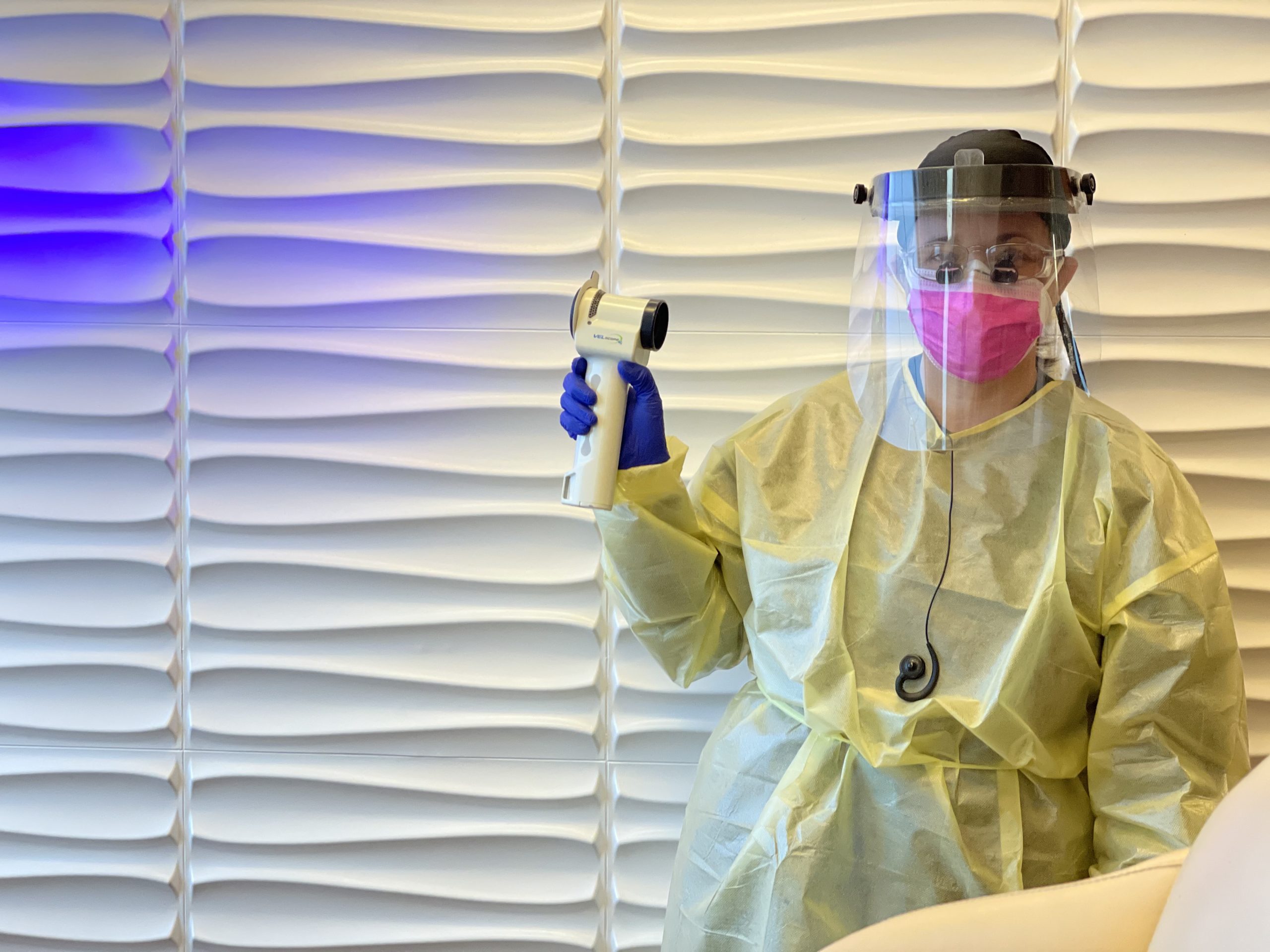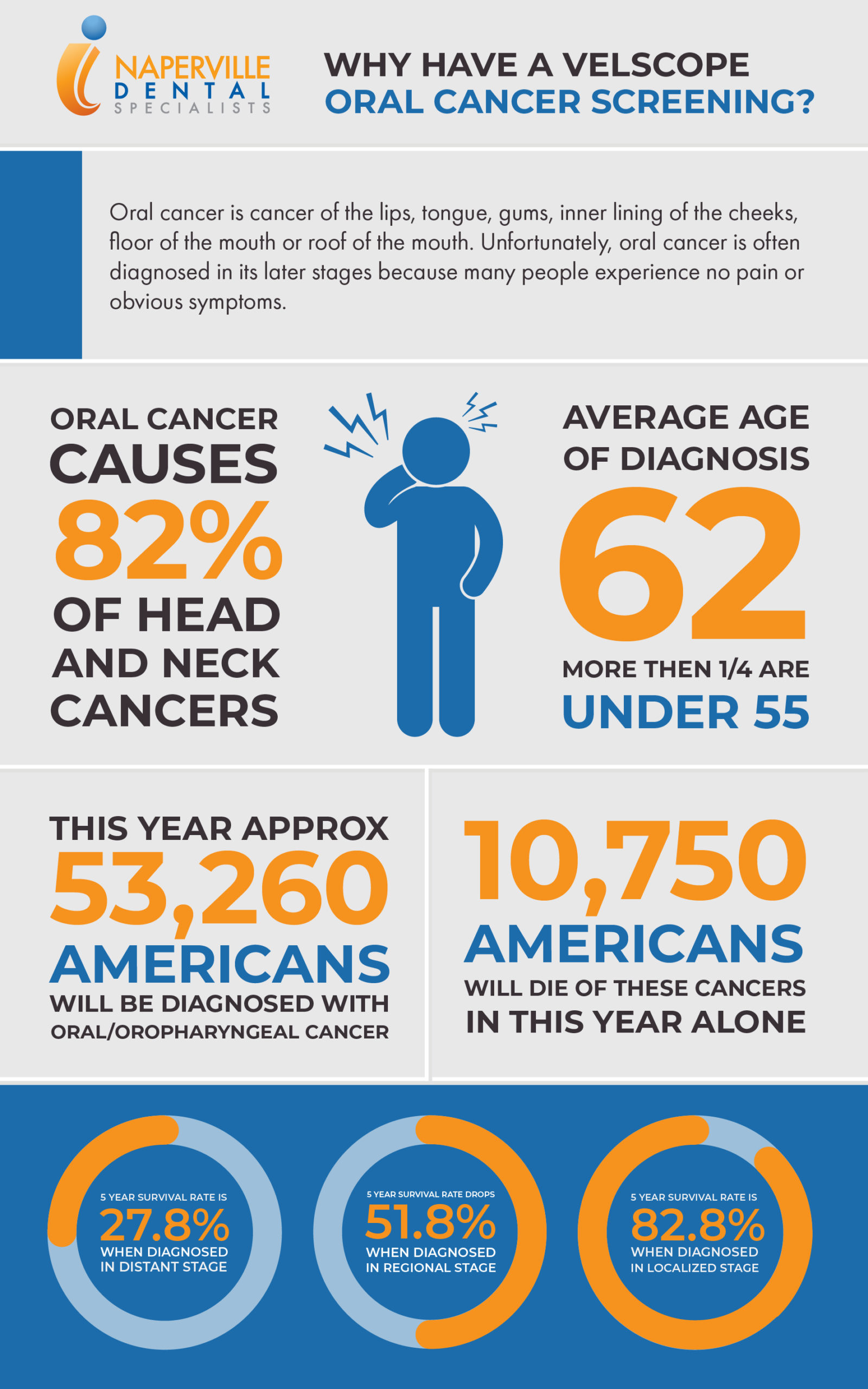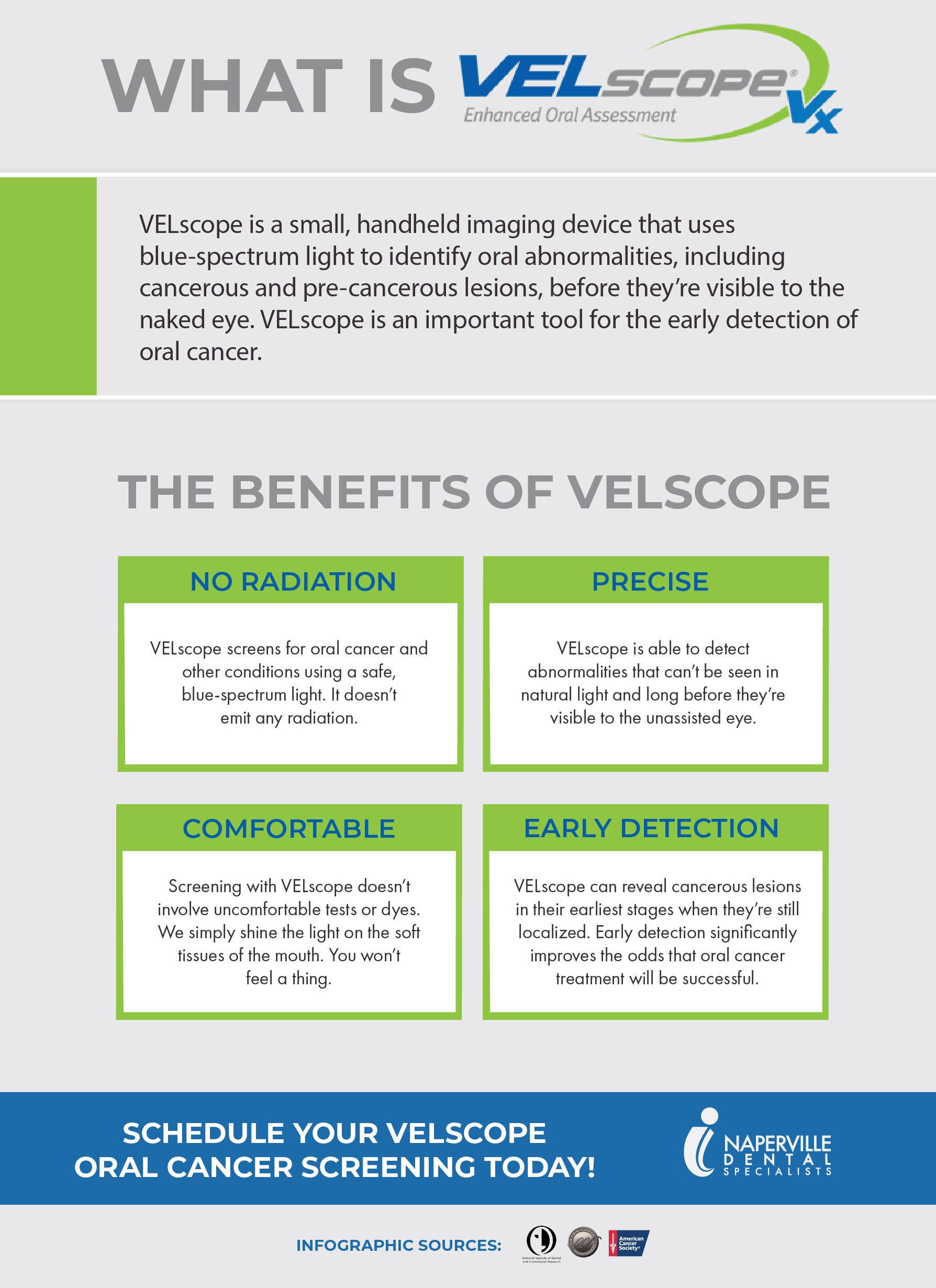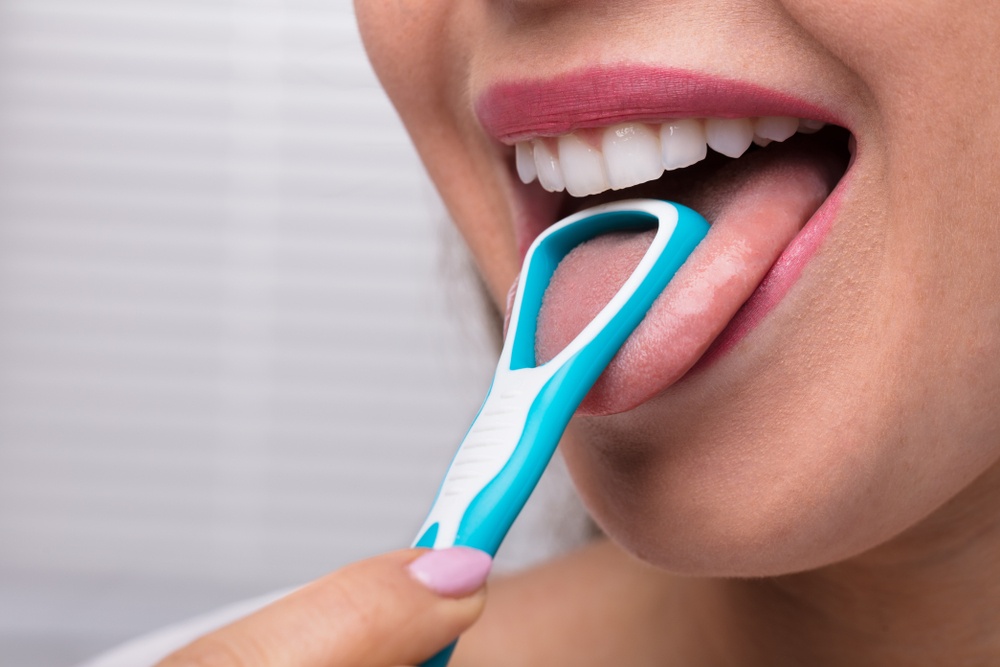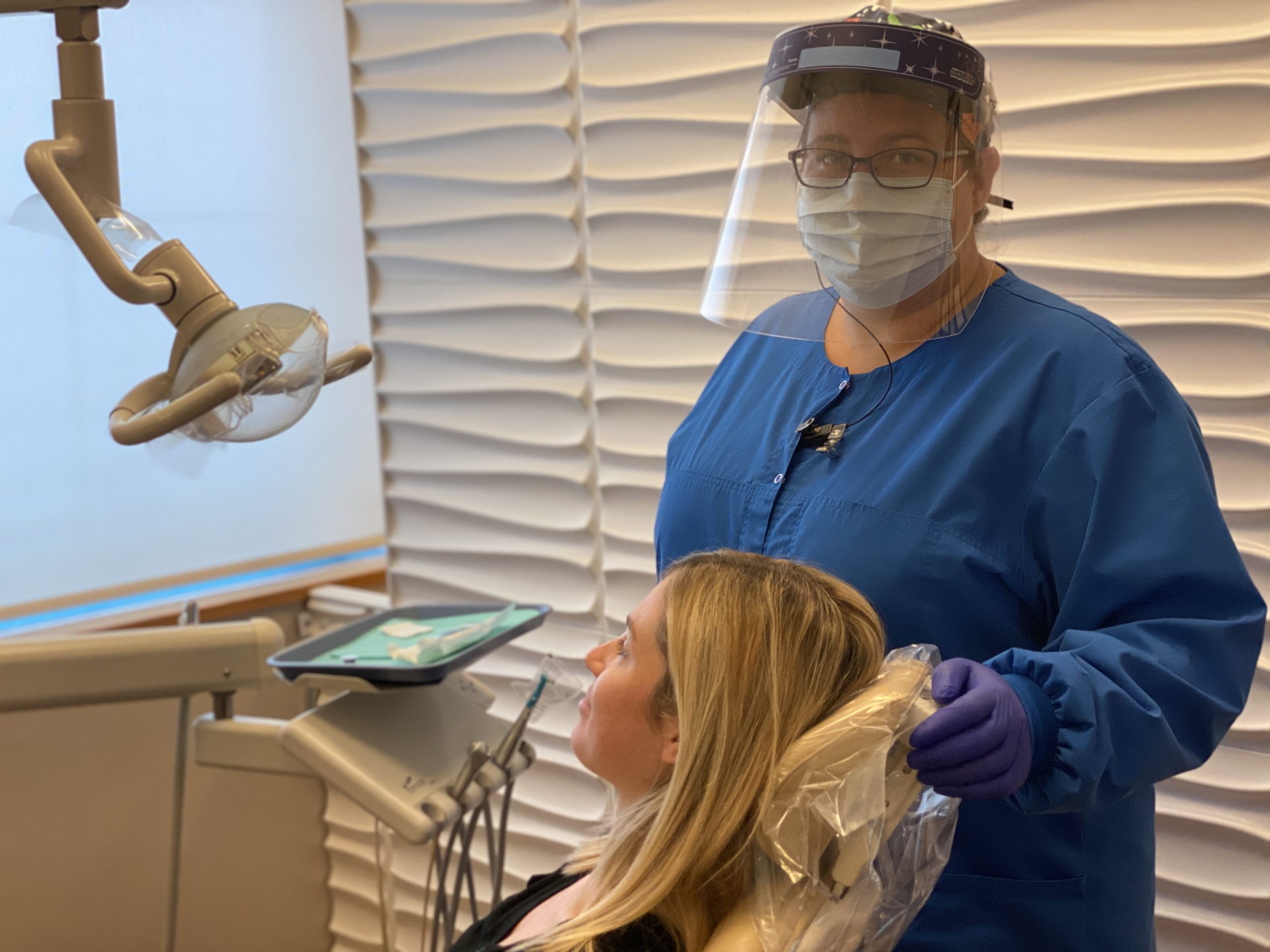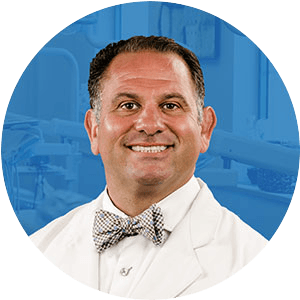
You bite down on something hard and suddenly get a shooting pain in your tooth? You try to shrug it off and tell yourself it will go away on its own, but a day later, your tooth is throbbing and the pain is so bad you can’t concentrate at work or even sleep. In an effort to put off going to the dentist a little longer, you hop on Google to find out how to stop tooth pain fast. The good news is, while, yes, you will need to seek dental care sooner rather than later, there are home remedies for tooth pain that are safe and effective to use until you can make an appointment
Keep in mind that tooth pain is an indication that something is wrong. The earlier you see a dentist, the easier and less invasive treatment will be. Your dentist will also be able to rule out or treat things like tooth and gum infections and abscesses, which, if not addressed, can spread to the surrounding bone and tissue, or even other areas of the body, potentially causing systemic problems.
That being said, these home remedies for tooth pain may help to reduce discomfort. They won’t eliminate pain permanently or get rid of an infection, but they can provide temporary relief. The team members here at our Naperville general dentistry, cosmetic dentistry and specialty practice are sharing some of the common causes of tooth pain and tips for keeping yourself comfortable in the short term.
What are the Causes of Tooth Pain?
The common causes of toothaches, include:
Tooth Decay
A cavity, or tooth decay, is the most common culprit behind a toothache. While you might not feel any discomfort at first, if not treated, a cavity will get larger and can reach the tooth’s nerve, which is one of the main causes of severe tooth pain. Tooth nerve pain is often persistent and throbbing. While pain may go away temporarily if the nerve dies, it still needs to be treated to prevent more serious infection or tooth loss. Usually, if you have a large cavity, pain will be sharp and significant enough to wake you up at night. Pain may also get worse when you’re lying down. Your best bet is to visit the dentist at the first sign of pain, before it becomes unbearable. Small to medium cavities can often be fixed with a tooth-colored filling. Larger areas of tooth decay could need a dental crown or, if it reaches the tooth’s pulp, a root canal.
Loose Crown or a Loose or Missing Filling
A loose crown or loose filling can allow bacteria and food particles to get trapped beneath them, which can lead to pain and, eventually, decay or pulpitis (inflammation of the tooth’s pulp). You may also experience sensitivity and a sensation of pressure in your tooth. If a filling falls out completely, this can leave behind a large space that gets packed with food, leading to pain when chewing or even worse tooth sensitivity. Thankfully, a loose crown or missing or loose filling is usually simple to fix if dealt with quickly.
Dental Abscess
An untreated tooth infection can lead to a dental abscess. An abscess typically looks like a small pimple on the gums and it’s filled with pus. An abscess can cause persistent, throbbing pain, though sometimes it results in throbbing tooth pain that comes and goes. An abscess is serious and needs to be treated as soon as possible. You’ll often have a fever and can experience swelling around the tooth or even in the face. The infection can spread to other areas of the mouth and body and cause illness.
Fractured Tooth
A cracked or fractured tooth is another of the causes of severe tooth pain. You may have pain and sensitivity when biting and chewing, and if bacteria is able to reach deep into the tooth, pain will become more persistent. Depending on how large the crack or fracture is, a dental crown could be needed to protect and strengthen the broken tooth.
Infection
If the inside of your tooth becomes infected or inflamed, a root canal will probably be the only way to eliminate tooth pain for good. When the tooth’s pulp is infected, you’ll likely have throbbing tooth pain that comes and goes. The pain may even wake you up when you’re sleeping. You might also feel pressure in the tooth. As we said, the pain can disappear if the tooth dies (becomes necrotic) but the infection will remain, so treatment is still necessary. Gum infections don’t lead to pain inside of the tooth but the human body isn’t great at telling the difference between tooth and gum pain. So, sometimes patients who come in with toothaches actually have gum infections. In its earliest stages, a gum infection, or gum disease, is called gingivitis. Gingivitis is reversible with professional dental care and good oral hygiene practices. If not treated, gingivitis will progress into periodontitis, a more severe type of gum disease. Periodontitis can’t be cured but it can be managed. By stopping the progression and eliminating the acute infection, we can get rid of pain and prevent bone loss and tooth loss.
Trauma
Getting hit in the face or tooth can result in tooth pain. The inside of the tooth may begin to swell and as pressure builds up, the tooth will hurt. If it’s mild, tooth pain from an injury might go away on its own in a few days as the swelling goes down. However, if the pain is severe, your tooth is discolored, or the pain doesn’t disappear in a few days, visit your dentist.
Teeth Grinding or Clenching (Bruxism)
Teeth grinding, called bruxism, or jaw clenching can cause toothaches. You might even feel a sharp bolt of pain when biting down after grinding your teeth in your sleep. Usually, you’ll feel the pain all over your mouth, or in the teeth on one side, as opposed to throbbing tooth pain in one tooth, unless your teeth grinding causes damage to a tooth’s enamel. Your Naperville dentist can teach you relaxation techniques to help with bruxism or create a custom night guard for teeth grinding and clenching that prevents damage and pain.
TMJ Disorders
You have a temporomandibular joint (TMJ) on either side of your face that connects your jaw to your head and lets you open and close your mouth. Problems with the TMJ are referred to as temporomandibular disorders (TMD) or temporomandibular joint disorders (TMJD). Sometimes, TMJ disorders can cause jaw pain that feels like severe tooth pain. Similar to the discomfort from teeth grinding, you’ll usually have pain in more than one tooth. With a TMJ disorder, the pain is often closer to the ear and may be accompanied by a clicking or popping noise in the jaw. At Naperville Dental Specialists, we have advanced diagnostics to give you an accurate diagnosis and help you find relief, whether that’s with lifestyle changes or a custom oral appliance.
Your Sinuses
Your sinuses are located right above your upper teeth. When the sinuses are inflamed or full of gunk, such as when you have a cold, seasonal allergies or a sinus infection, the pressure can cause the upper teeth to ache. When this is the case, you’ll probably have nasal congestion and several teeth in the area will hurt, instead of just one. If your sinuses don’t improve on their own, see a doctor for treatment. Once the infection is gone, you can evaluate whether or not you still have tooth pain. These are the most common causes of tooth pain, however, there could be other issues resulting in your discomfort. The only way to determine what’s behind a toothache is to visit your dentist to have it evaluated.
Home Remedies for Tooth Pain Relief
Now, on to how to get rid of tooth pain, or at least minimize it, until your dental appointment. None of these home remedies for tooth pain will treat the underlying reason for the toothache, and if you have tooth nerve pain, getting relief can be more challenging. With that said, these methods are safe and might be worth trying:
Saltwater Rinse
A saltwater rinse is one of the best ways to get tooth pain relief, and it can help with gum infections prior to your dentist appointment. Mix a half teaspoon of salt in eight ounces of warm water. Swish the solution around in your mouth and then spit it out – never swallow it. You might also want to try gently flossing around the tooth that hurts in case any food particles are stuck.
Over-the-Counter Pain Relievers
When it comes to how to stop tooth pain fast, an over-the-counter pain reliever can be extremely helpful. Even if you’re experiencing severe, throbbing tooth pain, research published in The Journal of the American Dental Association in 2018 found that nonsteroidal, OTC pain relievers, with or without acetaminophen, such as ibuprofen, offered the best balance between benefits and risks for the relief of acute tooth pain as compared to opioid pain relievers. One caveat: take pain relievers orally. Putting aspirin directly on your sore tooth or gums is an old folk remedy that not only doesn’t work, but can also damage your mouth.
Rinse With Hydrogen Peroxide
Rinsing with equal parts hydrogen peroxide and water and then spitting it out (again, don’t swallow it) may also offer some degree of tooth pain relief.
Ice
If you have a toothache after getting hit in the face or you’re experiencing facial swelling, holding an ice pack on the outside of your face can reduce swelling and some of the associated pain. Facial swelling can be a sign of an abscess, so this is a case where you should call the dentist immediately. You can also try sucking on an ice cube to numb a painful tooth.
Over-the-Counter Anesthetics
There are plenty of over-the-counter pain-relieving liquids and gels designed to get rid of tooth pain fast. Most of them rely on benzocaine to numb the area. Apply them to the tooth and surrounding gums. These anesthetics aren’t meant for long-term use, so only use them to tide you over until your appointment with your dentist. Additionally, it’s worth mentioning, products with benzocaine shouldn’t be used on children for a toothache or as a teething remedy, particularly little ones under the age of two, as it can cause a rare but serious health condition in kids.
Clove Oil
Clove oil is frequently mentioned when talking about home remedies for tooth pain. This natural solution numbs the area, temporarily stopping discomfort. A 2006 study published in the Journal of Dentistry found clove oil to be just as effective as benzocaine as a topical anesthetic.
Garlic
Proponents of natural tooth pain remedies claim if you crush a garlic clove, the oily, disease-fighting liquid, known as allicin, that it releases can help with tooth pain. Studies haven’t proven whether or not this is really effective, but it’s safe and worth giving a go if nothing else is working. You can either chew a clove of garlic or put some minced garlic bits on your aching tooth.
Use Wax or Gum
If you have a broken tooth or your filling has fallen out, you can temporarily cover the exposed area with softened, sugarless chewing gum or dental wax. This can reduce sensitivity and pain. For a loose filling or crown, gum or wax may help hold it in place, though there is also temporary cement you can purchase at the drugstore to secure your restoration.
Tea
Peppermint tea has a numbing effect that may provide tooth pain relief. Once your tea cools, you can swish it around in your mouth. The tannins in black tea have astringent properties, which is why some folk remedies claim you should place a warm, wet black tea bag on your sore tooth for short-term pain reduction. Alternatively, you can brew up some peppermint or black tea, dip a clean cotton ball in the tea and hold the cotton ball against your tooth.
Wheatgrass
Wheatgrass isn’t just a superfood for better overall health; it can enhance your oral health too. There are a number of benefits of wheatgrass for teeth, in general, and you can also use wheatgrass for a toothache. It’s rich in chlorophyll, which boats antibacterial properties and helps to stop the growth of cavity-causing bacteria. This antibacterial effect even reduces halitosis, or bad breath. Aside from the benefits of wheatgrass for teeth, it also contains antioxidants, minerals and vitamins that support periodontal (gum) health and reduce inflammation. All of these properties are thought to be helpful for alleviating tooth pain. When using wheatgrass for a toothache, swish an ounce of the juice in your mouth, just as you would with a mouthwash.
These home remedies for tooth pain are safe and some have been proven effective for temporarily relieving certain types of toothaches. If you’re experiencing discomfort, try a few of the suggestions until you’re able to visit the dentist. Again, severe, throbbing tooth pain requires immediate care. Yet, even minor pain should be checked out since the earlier the underlying problem is dealt with, the easier and more affordable treatment will be.
Our Naperville dentists always prioritize patients in pain and we’ll get you in for an appointment right away. We use the latest technology and tools to quickly and accurately pinpoint what’s causing your tooth to hurt and give you effective, quick relief. Don’t put off your dental visit if you’re in pain. Book your appointment at Naperville Dental Specialists today!

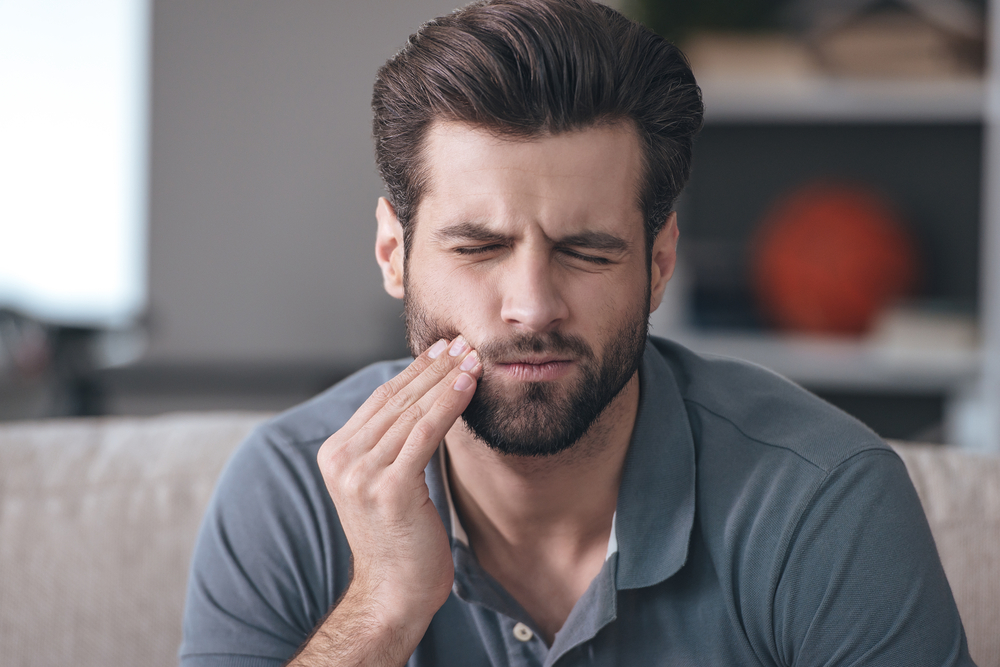
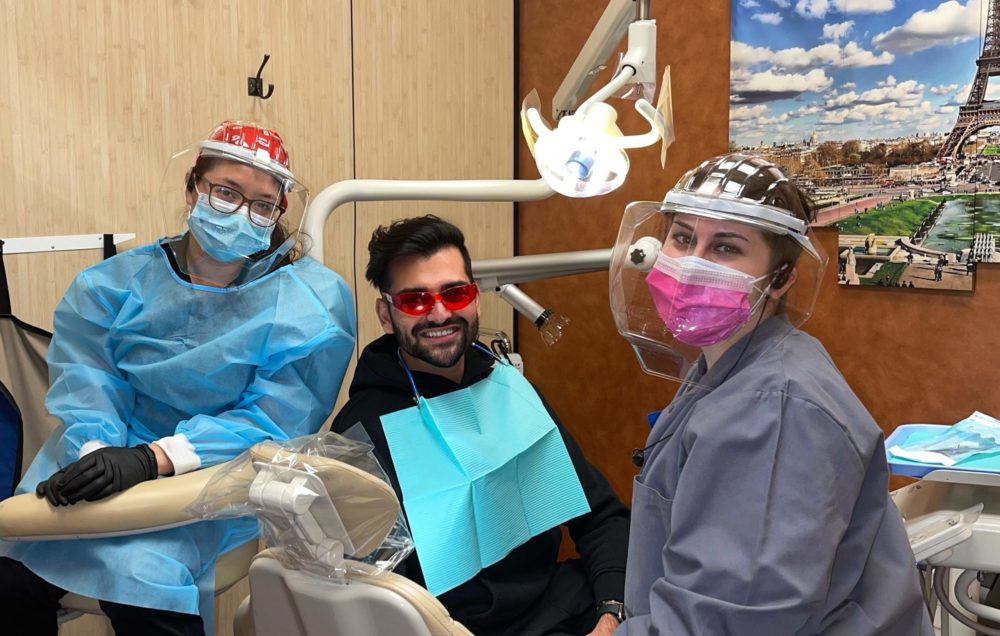


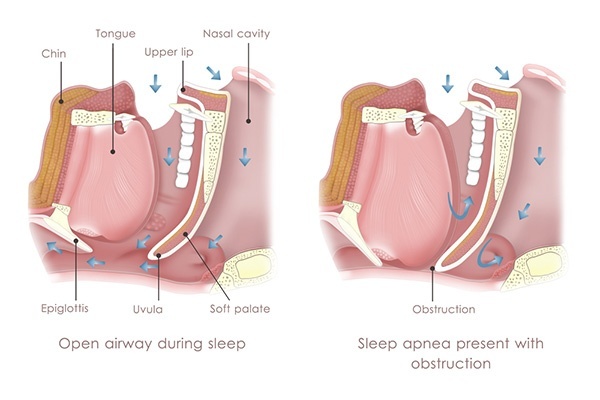 7 Tips for How to Get Better Sleep With Sleep Apnea
7 Tips for How to Get Better Sleep With Sleep Apnea 